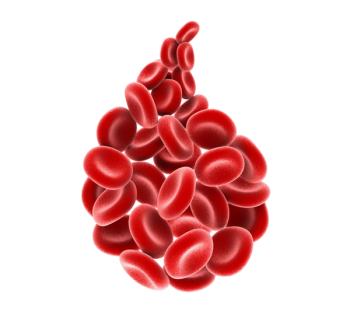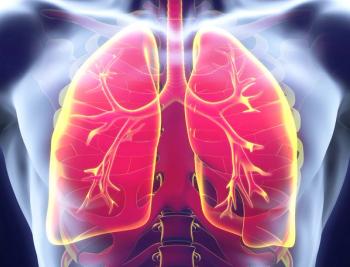
Muscle RNome Analysis Reveals 2 Molecular Subtypes Associated With Cancer Cachexia
Vickie Baracos, PhD, determined 2 highly coherent molecular subtypes in human muscle from patients with cancer at risk of cachexia.
Cancer cachexia remains a profound challenge in oncology, characterized by its varying presentation as otherwise similar patients—with the same diagnosis and treatment plan—may experience muscle wasting to drastically different degrees or not at all. This heterogeneity presents a critical biological question: Why is there such a difference among individuals?
One of the greatest obstacles to answering this question has been the difficulty in obtaining representative human muscle samples across the cachexia spectrum, a process that is inherently invasive and often prohibited by ethical and patient consent barriers. To overcome this limitation, Vickie Baracos, PhD, and her team worked with cancer surgeons to obtain muscle biopsy samples during a patient’s already scheduled cancer surgery, achieving a near-universal 97% participation rate.
Through this, the completion of the entire RNome analysis—including both coding and noncoding RNA—on human muscle from patients with cancer occurred. Applying established cluster-finding methodologies commonly used in tumor analysis, the researchers sought to objectively observe whether patient subsets coexpressed similar biological signals. The analysis identified 2 distinct molecular subtypes. These 2 subtypes represent the furthest biological extremes possible within the sample, yet they display internal coherence.
Vickie Baracos, PhD, professor in the Faculty of Medicine & Dentistry in the Oncology Department at the University of Alberta in Edmonton, Canada, spoke about the challenges overcome and the implications of this discovery for the future of personalized cachexia management.
Transcript:
Patients with cancer may or may not experience muscle wasting, and when they do experience muscle wasting, they do so to varying degrees. One of the key questions is why otherwise similar patients, with the same cancer, the same treatment plan, experience cachexia and muscle wasting or not. There’s a difference among individuals who have that condition. If you want to get into the details of that condition, the first thing you need to do is obtain muscle from patients with cancer across that spectrum. That turns out to be enormously challenging.
Getting a muscle from a person is, by its nature, invasive, and it is not agreed to by patients, and it is not permitted by the research ethics committee unless a substantial effort has been taken to make sure that the invasiveness is minimized. For those reasons, if you look in the literature to find out what’s going on in human muscle in cancer, as opposed to what’s going on in animal models of cancer, there’s a huge disproportion in the amount of research that has been done on human participants. This is just the first step through a very big starting gate. What that step is is having a way to make the acquisition of the muscle entirely noninvasive. The innovation there was to work with the cancer surgeons and obtain permission from patients to have a muscle biopsy when they were having a cancer surgery. This is an incision that passes through their muscles and allows them to freely participate. We got [about 97%] agreement to participate in our study. There you have the first step to acquire a representative sample of muscles from people in the at-risk group.
The next big innovation is that this is the first time anyone has reported a complete analysis of the coding and noncoding RNA, so the entire RNome of any human muscle, under any condition. We have a first-ever data set that we’ve applied methodology to, which would allow us to understand whether there are clusters of expression behavior. That effort to understand clusters of expression behavior is something very well-documented in the literature. People have been doing this analysis on tumors for a long time with RNomes, proteomes, genomes, etc.
The cluster finding analysis is an important way of saying, “OK, this is a completely black box,” and that’s something I wish for you to understand. It’s a black box, as far as we know. In the first few [patients], inside the human muscles, it seemed to us a great idea to apply these methods simply to observe whether, in that sample, there are subsets of patients coexpressing in certain groups so that we could gain our first biological understanding from those subsets. Off [we went] to do the cluster analysis. The first thing out is that there are not many clusters…. The fact of not finding 5 clusters nor 4 clusters nor 3 clusters but just 2 clusters is a revelation. It seems that the muscles of these patients are either mutually coexpressing subtype 1 or subtype 2, and those 2 subtypes, as clusters go in that analysis, are about as far apart as you could get. But within those clusters, the coherence is extraordinarily high.
Reference
Bhatt BJ, Ghosh S, Mazurak V, et al. Molecular subtypes of human skeletal muscle in cancer cachexia. Nature. 2025;646(8086):973-982. doi:10.1038/s41586-025-09502-0
Newsletter
Stay up to date on recent advances in the multidisciplinary approach to cancer.

















































































